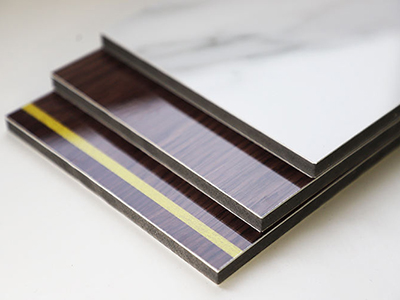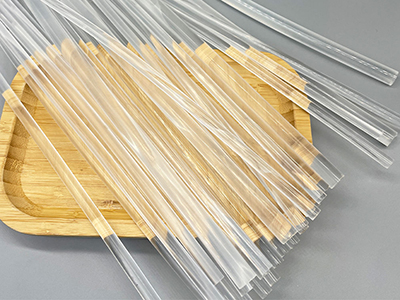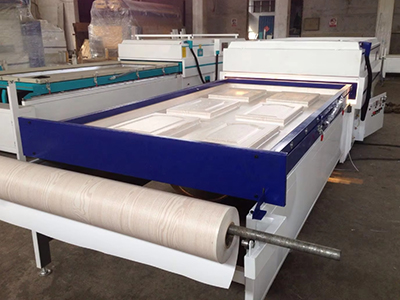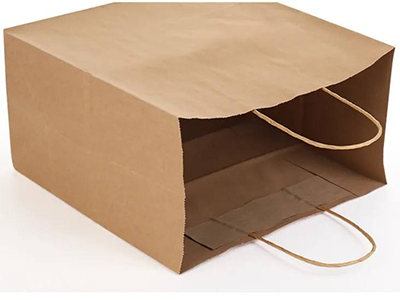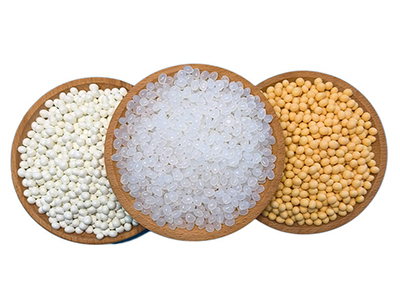Lamination is a process of applying a protective layer to a material to enhance its durability, appearance, and functionality. There are several types of lamination techniques, each suited for different applications and materials. In this article, we will explore the three main types of lamination: thermal lamination, cold lamination, and liquid lamination.
1. Thermal Lamination
Overview
Thermal lamination uses heat-activated adhesive to bond a laminating film to a substrate. This method is widely used for documents, photos, packaging, and various print materials.
Process
- Materials: Laminating film with a heat-activated adhesive on one side.
- Equipment: Thermal laminator or laminating machine.
- Steps:
- Place the material to be laminated between the layers of laminating film.
- Feed the material through the thermal laminator.
- The laminator heats the adhesive, which bonds the film to the material as it passes through the rollers.
Advantages
- Durability: Provides a strong, long-lasting bond.
- Clarity: Offers high clarity and enhances the appearance of the material.
- Protection: Protects against moisture, dirt, and physical damage.
Applications
- Documents: ID cards, business cards, certificates.
- Photos: Protecting and preserving photographs.
- Print Materials: Book covers, menus, signage.
2. Cold Lamination
Overview
Cold lamination uses pressure-sensitive adhesive to bond a laminating film to a substrate without the need for heat. This method is suitable for heat-sensitive materials and quick, on-the-go lamination.
Process
- Materials: Laminating film with a pressure-sensitive adhesive.
- Equipment: Cold laminator or manual application tools.
- Steps:
- Place the material to be laminated between the layers of laminating film.
- Use a cold laminator or manually apply pressure to bond the film to the material.
Advantages
- Heat-Sensitive Materials: Suitable for materials that can be damaged by heat.
- Ease of Use: Simple and quick application process.
- Flexibility: Can be used for a variety of materials and shapes.
Applications
- Heat-Sensitive Documents: Old or fragile documents, photos.
- Outdoor Signage: Protecting signs from weather conditions.
- Temporary Materials: Posters, maps, instructional materials.
3. Liquid Lamination
Overview
Liquid lamination involves applying a liquid coating to a material, which then dries to form a protective layer. This method is often used for large surfaces and provides a seamless finish.
Process
- Materials: Liquid laminate (UV-cured, water-based, or solvent-based).
- Equipment: Rollers, spray systems, or brushes.
- Steps:
- Apply the liquid laminate evenly over the material using a roller, spray system, or brush.
- Allow the laminate to dry or cure (some types may require UV light for curing).
Advantages
- Seamless Finish: Provides a smooth, continuous protective layer.
- Versatility: Can be used on a variety of surfaces and large areas.
- Customization: Allows for different finishes (glossy, matte, satin).
Applications
- Large Prints: Banners, posters, vehicle wraps.
- Outdoor Graphics: Signage, billboards.
- Custom Projects: Art prints, customized products.
Conclusion
The three main types of lamination—thermal, cold, and liquid—offer different benefits and are suited for various applications. Thermal lamination provides a strong, durable bond ideal for documents and photos. Cold lamination is perfect for heat-sensitive materials and quick applications. Liquid lamination offers versatility and a seamless finish for large surfaces and custom projects. Understanding the strengths and applications of each type can help you choose the best lamination method for your specific needs.


